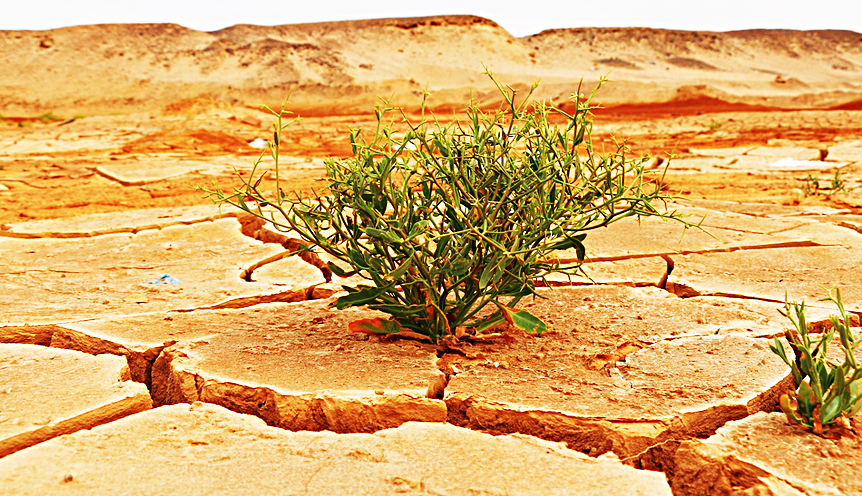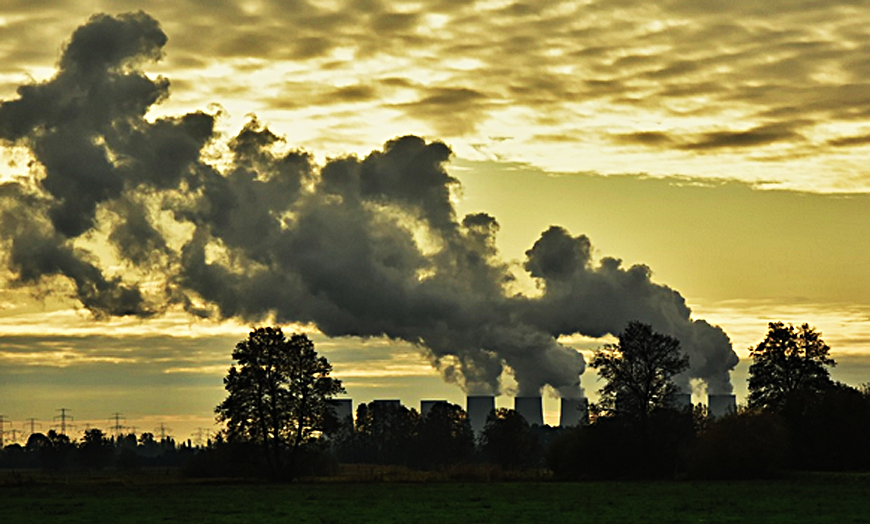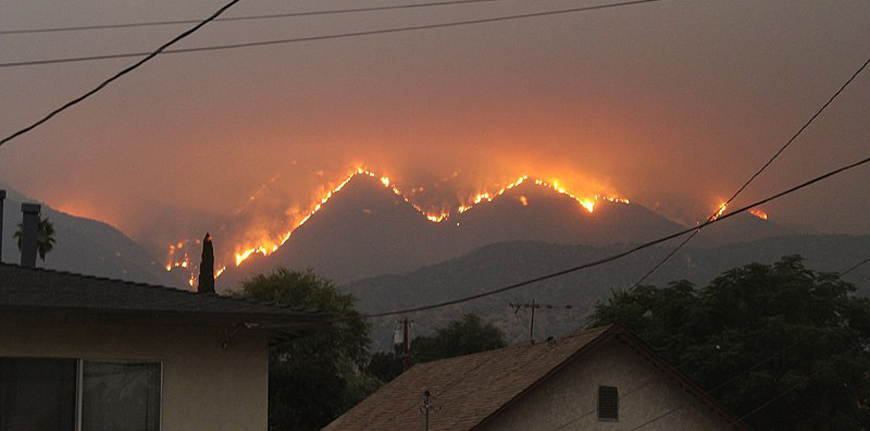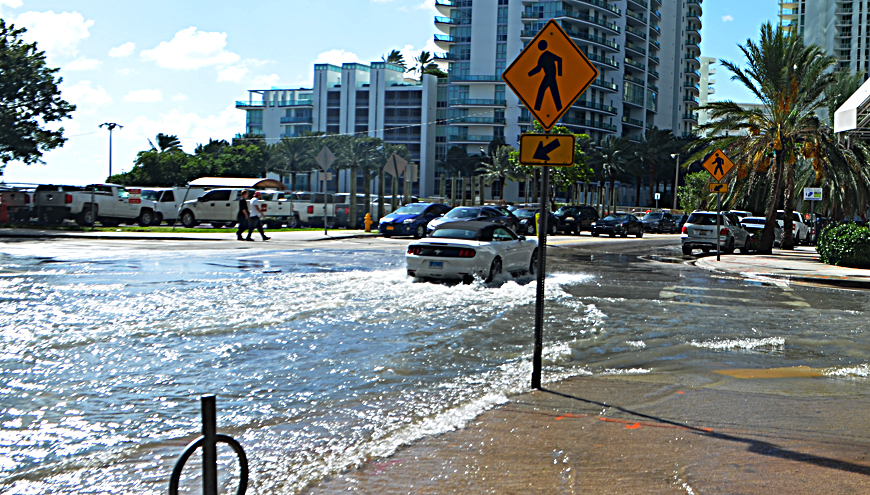Document Climate Change In Your Own Community

by ANNIE BUTTON
Images are incredibly powerful, and we depend on them to make sense of the world around us. With the right shot, you can tell an instant story, conjure a specific emotion and spark inspiration. This is why photography is so important when communicating the effects of climate change and its impact at a local level.
With the right images, you can alter people’s perception of climate change and inspire them to take action. While we’re faced with climate change photos all the time in the media, it can be easy to feel removed from images of far-off distant places or issues. Local effects, on the other hand, hit closer to home and make environmental issues feel more tangible.
FINDING YOUR LOCAL CLIMATE STORY
Weather patterns and trends
Climate change manifests in countless ways within local environments, but these changes often go unnoticed without deliberate observation. As a photographer or artist, begin to pay closer attention to shifts in seasonal patterns: are local plants blooming earlier? Are migratory birds arriving at different times? How can you capture the local wildlife over the course of the year and how the shifts in weather patterns affect them. One way to show the stark changes that the climate crisis has caused is to partner with historical societies to compare archived photos with present-day scenes, revealing how your community's landscape has transformed over the decades.
Communities in crisis
Photography has a unique power to capture the resilience, struggles, and humanity of communities in crisis. Through the lens, stories of communities affected by conflict, poverty, or displacement come to life, connecting viewers to the human experience. Images of refugees carrying their children across borders or queuing for food aid in makeshift camps speak to the profound challenges faced by millions.

Photographs document the aftermath of floods and natural disasters, but also the quiet moments of hope: a child smiling amid destruction, a community banding together to rebuild. In areas plagued by systemic poverty, powerful visuals highlight the perseverance of individuals carving out livelihoods, even against the odds.
These images offer a window into the courage and dignity of those affected, transforming abstract statistics into tangible human narratives. Focusing on personal stories and shared struggles enables you as a photographer or artist to bridge cultural divides, fostering empathy and galvanizing action for a more just and compassionate world.
Urban heat islands
Urban areas or urban heat islands experience climate change differently than rural regions, and these differences offer compelling opportunities. You can capture the contrast between heat-reflecting surfaces like parking lots and cooling green spaces or focus on how vulnerable populations cope with increasing temperatures, from seniors seeking refuge in cooling centers to children at splash pads. It’s also important to document local initiatives striving to combat urban heat, such as green roof installations or tree-planting programs.
Infrastructure under stress
The strain of a changing climate is etched into the structures and infrastructure we depend on daily, creating compelling subjects. Think of images of overwhelmed storm drainage systems during heavy downpours and how they contrast sharply with their calm, everyday state, highlighting their vulnerability to extreme weather. Your images of cracked roads and buckled bridges in local towns and cities help to tell the story of an infrastructure pushed beyond its limits by rising temperatures and erratic weather patterns.

Equally powerful are images of strength—raised homes, landscapes being revived after forest fires, and other local adaptation efforts demonstrate how communities are striving to protect their built environments. These visuals document the challenges and innovation, weaving a narrative of urgency and determination in the face of climate stress.
CRAFTING A VISUAL NARRATIVE
Creating a compelling visual narrative about the climate crisis at a community level requires intentional techniques that bring depth, emotion, and cohesion to your work. Think about the interplay between people, places, and the environment, which will enable you to tell stories that resonate deeply with those around you.
Highlight both people and their surroundings to draw attention to environmental challenges such as floodwaters or cracked earth. Including elements like homes, roads, or flood barriers—alongside natural landscapes emphasizes the connection between communities and the changing climate.
The choice of lighting can also amplify the mood of your narrative. Early morning or late afternoon light, with its warm hues, can lend a hopeful or poignant tone to scenes of adaptation or recovery. Conversely, stark midday light might underscore the harsh realities of extreme weather events. Use shadows and highlights to evoke emotion and draw attention to key elements, such as a family rebuilding a damaged home or a child navigating a flooded street.
Perspective defines how your story is experienced. Wide-angle views, for example, show the scale of environmental impacts, such as an entire neighborhood affected by rising seas, while close-up shots add intimacy, focusing on individual experiences. Experiment with both elevated views to illustrate the extent of a crisis and ground-level angles that bring viewers face-to-face with community members.
Creating a series

A single photo can be powerful, but a series of images weaves a richer story. Perhaps you might document a week in the life of a family facing climate challenges, chronicle the stages of a community’s response to a disaster, or monitor wildlife in a certain area over a set period of time. Each image in the series can explore different aspects of the story, from the immediate impact to the long-term resilience, creating a layered and cohesive account of the climate crisis on a local level.
Craft visual narratives that move beyond isolated moments, illustrating the broader story of how communities are impacted by and responding to the climate crisis. These images serve as a call to action, connecting observers to the human side of environmental change. To make even greater impact, print out your work on Red River Paper and get them exhibited in a venue where people can see it such as a library, hotel lobby, or airport, train or bus terminal.
You can make an impact!
Photography and artwork can drive significant change in your community, perhaps even more so than global images that we often feel disconnected from. Our individual efforts to showcase the world affected by the climate crisis can inspire local policymakers and support community initiatives by providing visual evidence of needs and progress. They could even be used to build awareness that can spark a need for educational outreach programs.
It's important to remember that while photos of snowless mountains and vast expanses of forests devastated by fires have a huge impact, there’s still immense value in photographing local issues. It allows you to highlight the specific challenges your community is facing—such as erosion threatening a coastal neighborhood, a river running dry that leaves wildlife without water or homes, or infrastructure crumbling under the pressure of extreme weather.
So get out there and focus on local stories that can amplify the voices of those who might otherwise go unheard. Your images can serve to connect the global climate crisis to personal experiences and provide relatable and tangible examples of how climate change is affecting daily life in real time.
ABOUT THE AUTHOR:
ANNIE BUTTON is a freelance writer, based in the UK, who is passionate about sustainable living and ethical business practices. She writes for prestigious online and print publications, covering a wide range of topics including eco-friendly lifestyle, sustainable business strategies, and green marketing.
Read more of Annie's work here.
Original Publication Date: November 22, 2024
Article Last updated: November 22, 2024
Related Posts and Information
Categories
About Photographers
Announcements
Back to Basics
Books and Videos
Cards and Calendars
Commentary
Contests
Displaying Images
Editing for Print
Events
Favorite Photo Locations
Featured Software
Free Stuff
Handy Hardware
How-To-Do-It
Imaging
Inks and Papers
Marketing Images
Monitors
Odds and Ends
Photo Gear and Services
Photo History
Photography
Printer Reviews
Printing
Printing Project Ideas
Red River Paper
Red River Paper Pro
RRP Products
Scanners and Scanning
Success on Paper
Techniques
Techniques
Tips and Tricks
Webinars
Words from the Web
Workshops and Exhibits
all
Archives
January, 2025
December, 2024
November, 2024
October, 2024
September, 2024
August, 2024
July, 2024
June, 2024
May, 2024
more archive dates
archive article list




